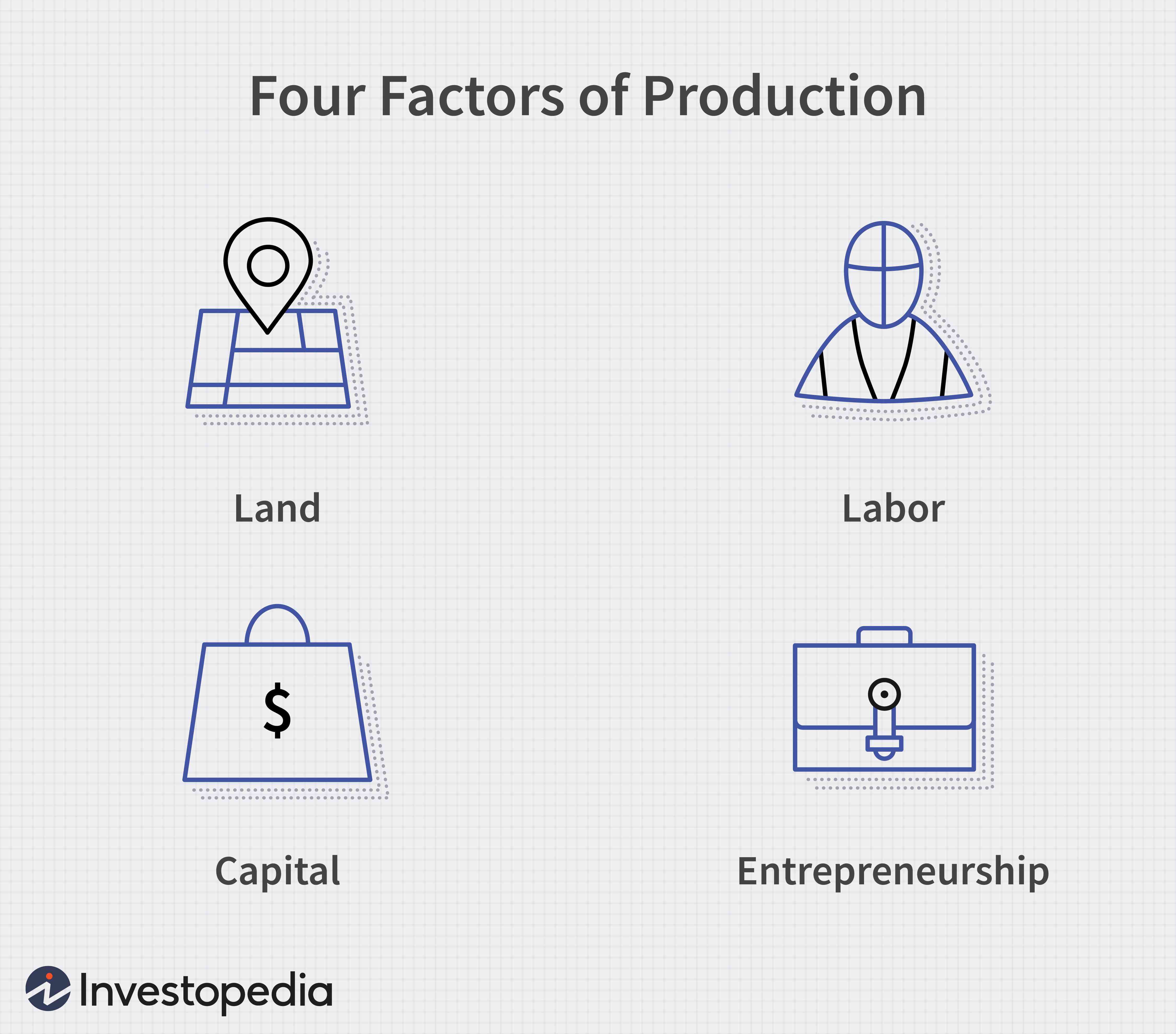|
Programmer Productivity
Programming productivity (also called software productivity or development productivity) describes the degree of the ability of individual programmers or development teams to build and evolve software systems. Productivity traditionally refers to the ratio between the quantity of software produced and the cost spent for it. Here the delicacy lies in finding a reasonable way to define software quantity. Terminology Productivity is an important topic investigated in disciplines as various as manufacturing, organizational psychology, industrial engineering, strategic management, finance, accounting, marketing and economics. Levels of analysis include the individual, the group, divisional, organizational and national levels Due to this diversity, there is no clear-cut definition of productivity and its influencing factors, although research has been conducted for more than a century. Like in software engineering, this lack of common agreement on what actually constitutes productivity, ... [...More Info...] [...Related Items...] OR: [Wikipedia] [Google] [Baidu] |
Knowledge Work
Knowledge workers are workers whose main capital is knowledge. Examples include programmers, physicians, pharmacists, architects, engineers, scientists, design thinkers, public accountants, lawyers, editors, and academics, whose job is to "think for a living". Definition Knowledge work can be differentiated from other forms of work by its emphasis on "non-routine" problem solving that requires a combination of convergent and divergent thinking. But despite the amount of research and literature on knowledge work, there is no succinct definition of the term. Mosco and McKercher (2007) outline various viewpoints on the matter. They first point to the most narrow and defined definition of knowledge work, such as Florida's view of it as specifically, "the direct manipulation of symbols to create an original knowledge product, or to add obvious value to an existing one", which limits the definition of knowledge work to mainly creative work. They then contrast this view of knowledge ... [...More Info...] [...Related Items...] OR: [Wikipedia] [Google] [Baidu] |
Balanced Scorecard
A balanced scorecard is a strategy performance management tool – a well structured report, that can be used by managers to keep track of the execution of activities by the staff within their control and to monitor the consequences arising from these actions. The phrase 'balanced scorecard' primarily refers to a performance management report used by a management team, and typically this team is focused on managing the implementation of a strategy or operational activities – in a 2020 survey 88% of respondents reported using Balanced Scorecard for strategy implementation management, 63% for operational management. Balanced Scorecard is also used by individuals to track personal performance, but this is uncommon – only 17% of respondents in the survey using Balanced Scorecard in this way, however it is clear from the same survey that a larger proportion (about 30%) use corporate Balanced Scorecard elements to inform personal goal setting and incentive calculations. The critic ... [...More Info...] [...Related Items...] OR: [Wikipedia] [Google] [Baidu] |
COCOMO
The Constructive Cost Model (COCOMO) is a procedural software cost estimation model developed by Barry W. Boehm. The model parameters are derived from fitting a regression formula using data from historical projects (63 projects for COCOMO 81 and 163 projects for COCOMO II). History The constructive cost model was developed by Barry W. Boehm in the late 1970s and published in Boehm's 1981 book ''Software Engineering Economics'' as a model for estimating effort, cost, and schedule for software projects. It drew on a study of 63 projects at TRW Aerospace where Boehm was Director of Software Research and Technology. The study examined projects ranging in size from 2,000 to 100,000 lines of code, and programming languages ranging from assembly to PL/I. These projects were based on the waterfall model of software development which was the prevalent software development process in 1981. References to this model typically call it ''COCOMO 81''. In 1995 ''COCOMO II'' was develope ... [...More Info...] [...Related Items...] OR: [Wikipedia] [Google] [Baidu] |
Source Lines Of Code
Source lines of code (SLOC), also known as lines of code (LOC), is a software metric used to measure the size of a computer program by counting the number of lines in the text of the program's source code. SLOC is typically used to predict the amount of effort that will be required to develop a program, as well as to estimate programming productivity or maintainability once the software is produced. Measurement methods Many useful comparisons involve only the order of magnitude of lines of code in a project. Using lines of code to compare a 10,000-line project to a 100,000-line project is far more useful than when comparing a 20,000-line project with a 21,000-line project. While it is debatable exactly how to measure lines of code, discrepancies of an order of magnitude can be clear indicators of software complexity or man-hours. There are two major types of SLOC measures: physical SLOC (LOC) and logical SLOC (LLOC). Specific definitions of these two measures vary, but the most c ... [...More Info...] [...Related Items...] OR: [Wikipedia] [Google] [Baidu] |
Productive Projects And Teams
Productivity is the efficiency of production of goods or services expressed by some measure. Measurements of productivity are often expressed as a ratio of an aggregate output to a single input or an aggregate input used in a production process, i.e. output per unit of input, typically over a specific period of time. The most common example is the (aggregate) labour productivity measure, one example of which is GDP per worker. There are many different definitions of productivity (including those that are not defined as ratios of output to input) and the choice among them depends on the purpose of the productivity measurement and/or data availability. The key source of difference between various productivity measures is also usually related (directly or indirectly) to how the outputs and the inputs are aggregated to obtain such a ratio-type measure of productivity. Productivity is a crucial factor in the production performance of firms and nations. Increasing national producti ... [...More Info...] [...Related Items...] OR: [Wikipedia] [Google] [Baidu] |
Software Development Process
In software engineering, a software development process is a process of dividing software development work into smaller, parallel, or sequential steps or sub-processes to improve design, product management. It is also known as a software development life cycle (SDLC). The methodology may include the pre-definition of specific deliverables and artifacts that are created and completed by a project team to develop or maintain an application. Most modern development processes can be vaguely described as agile. Other methodologies include waterfall, prototyping, iterative and incremental development, spiral development, rapid application development, and extreme programming. A life-cycle "model" is sometimes considered a more general term for a category of methodologies and a software development "process" a more specific term to refer to a specific process chosen by a specific organization. For example, there are many specific software development processes that fit the spiral ... [...More Info...] [...Related Items...] OR: [Wikipedia] [Google] [Baidu] |
Personalities
Personality psychology is a branch of psychology that examines personality and its variation among individuals. It aims to show how people are individually different due to psychological forces. Its areas of focus include: * construction of a coherent picture of the individual and their major psychological processes * investigation of individual psychological differences * investigation of human nature and psychological similarities between individuals "Personality" is a dynamic and organized set of characteristics possessed by an individual that uniquely influences their environment, cognition, emotions, motivations, and behaviors in various situations. The word ''personality'' originates from the Latin ''persona'', which means "mask". Personality also pertains to the pattern of thoughts, feelings, social adjustments, and behaviors persistently exhibited over time that strongly influences one's expectations, self-perceptions, values, and attitudes. Personality also p ... [...More Info...] [...Related Items...] OR: [Wikipedia] [Google] [Baidu] |
Barry W
Barry may refer to: People and fictional characters * Barry (name), including lists of people with the given name, nickname or surname, as well as fictional characters with the given name * Dancing Barry, stage name of Barry Richards (born c. 1950), former dancer at National Basketball Association games Places Canada *Barry Lake, Quebec *Barry Islands, Nunavut United Kingdom * Barry, Angus, Scotland, a village ** Barry Mill, a watermill * Barry, Vale of Glamorgan, Wales, a town ** Barry Island, a seaside resort ** Barry Railway Company ** Barry railway station United States * Barry, Illinois, a city * Barry, Minnesota, a city * Barry, Texas, a city * Barry County, Michigan * Barry County, Missouri * Barry Township (other), in several states * Fort Barry, Marin County, California, a former US Army installation Elsewhere * Barry Island (Debenham Islands), Antarctica * Barry, New South Wales, Australia, a village * Barry, Hautes-Pyrénées, France, a commune Arts and ente ... [...More Info...] [...Related Items...] OR: [Wikipedia] [Google] [Baidu] |
Capers Jones
__NOTOC__ Capers Jones is an American specialist in software engineering methodologies, and is often associated with the function point model of cost estimation. He was born in St Petersburg, Florida, United States and graduated from the University of Florida, having majored in English. He later became the President and CEO of Capers Jones & Associates and latterly Chief Scientist Emeritus of Software Productivity Research (SPR). In 2011, he co-founded Namcook Analytics LLC, where he is Vice President and Chief Technology Officer (CTO).Capers Jones bio at Namcook Analytics He formed his own business in 1984, Software Productivity Research, after holding positions at IBM and [...More Info...] [...Related Items...] OR: [Wikipedia] [Google] [Baidu] |
Production Economics
Production is the process of combining various inputs, both material (such as metal, wood, glass, or plastics) and immaterial (such as plans, or knowledge) in order to create output. Ideally this output will be a good or service which has value and contributes to the utility of individuals. The area of economics that focuses on production is called production theory, and it is closely related to the consumption (or consumer) theory of economics. The production process and output directly result from productively utilising the original inputs (or factors of production). Known as primary producer goods or services, land, labour, and capital are deemed the three fundamental production factors. These primary inputs are not significantly altered in the output process, nor do they become a whole component in the product. Under classical economics, materials and energy are categorised as secondary factors as they are byproducts of land, labour and capital. Delving further, primary factors ... [...More Info...] [...Related Items...] OR: [Wikipedia] [Google] [Baidu] |
Software Engineering Costs
Software is a set of computer programs and associated documentation and data. This is in contrast to hardware, from which the system is built and which actually performs the work. At the lowest programming level, executable code consists of machine language instructions supported by an individual processor—typically a central processing unit (CPU) or a graphics processing unit (GPU). Machine language consists of groups of binary values signifying processor instructions that change the state of the computer from its preceding state. For example, an instruction may change the value stored in a particular storage location in the computer—an effect that is not directly observable to the user. An instruction may also invoke one of many input or output operations, for example displaying some text on a computer screen; causing state changes which should be visible to the user. The processor executes the instructions in the order they are provided, unless it is instructed ... [...More Info...] [...Related Items...] OR: [Wikipedia] [Google] [Baidu] |


